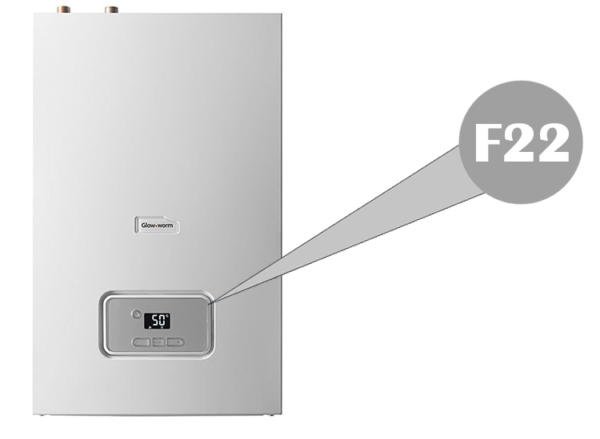
Boilers are an integral part of our home heating systems, providing us with a reliable supply of hot water and heat. Glow Worm, a trusted manufacturer of heating systems, produces a wide range of boilers designed to offer high performance and efficiency. However, like all appliances, they are not without occasional issues. One of these problems is the Glow Worm Boiler fault code F22. This article aims to provide an understanding of what this fault code means and offers advice on troubleshooting it.
What is the Glow Worm Boiler Fault Code F22?
Fault codes are designed to communicate a specific problem within the appliance. The Glow Worm Boiler F22 fault code generally signifies a lack of water circulation, possibly due to low water pressure or blockages in the system. Consequently, the boiler may overheat and automatically shut down as a safety precaution.
Causes of Fault Code F22
A number of factors can contribute to the F22 fault code. Here are the most common ones:
- Low Water Pressure: One of the primary causes of this fault code is low system pressure. A boiler’s system pressure should ideally be between 1 and 1.5 bars when cold. If it falls below this range, it may trigger the F22 fault code.
- Air in the System: Sometimes, the heating system can accumulate air, preventing the smooth circulation of water. This can cause the boiler to overheat, leading to the display of fault code F22.
- Blockages: If there are blockages in the pipes, it can restrict water flow. This too can lead to overheating and the triggering of the F22 fault code.
Troubleshooting the F22 Fault Code
Addressing the F22 fault code involves identifying and resolving the underlying issue. Here are some steps you can take:
- Repressurizing the System: If low system pressure is the problem, you’ll need to repressurize your boiler. This usually involves opening the filling loop valves to allow more water into the system. However, this should be done carefully, as excessive pressure can cause damage. Always consult your boiler’s manual or seek professional help if you’re unsure.
- Bleeding the Radiators: If there’s air in the system, you may need to ‘bleed’ the radiators. This process releases trapped air, allowing water to circulate freely again. This usually involves opening a valve on the radiator with a special key, allowing the trapped air to escape.
- Clearing Blockages: In the case of blockages, it’s advisable to call in a professional. They can properly diagnose the issue and clear the blockages without causing further damage to the system.
Preventing Future F22 Faults
Regular maintenance and servicing can significantly reduce the likelihood of experiencing an F22 fault. Ensuring that your boiler system is properly filled and bled and that there are no blockages, can help maintain smooth operation. In addition, it is advisable to have a professional service your boiler annually to detect and rectify any potential issues before they escalate.
Remember, while some troubleshooting steps can be undertaken by homeowners, when it comes to technical or complex issues, it’s always best to consult a professional. Safety should always be your primary concern when dealing with boilers.
In conclusion, the Glow Worm Boiler fault code F22 signifies a potential problem with water circulation in your boiler system. However, with the right understanding and approach, this issue can be rectified, ensuring your boiler continues to keep your home warm and comfortable.